3″ Hilti Coil Anchor for Concrete is a type of fastening device specifically designed for securing objects to concrete surfaces.
Here’s some information about it:
– Size: The “3” indicates the length of the coil anchor, which in this case is 3 inches. This length is suitable for anchoring lightweight to medium-weight fixtures.
– Material: Coil anchors for concrete are typically made of materials like steel, which provides strength and durability necessary for anchoring objects securely.
– Coil Design: The coil anchor features a helical coil design, allowing it to be easily inserted into pre-drilled holes in concrete. Once installed, the coil expands to create a secure hold within the concrete.
– Applications: Coil anchors for concrete are commonly used in construction, renovation, and infrastructure projects to secure various fixtures and objects to concrete surfaces.
– Installation: To install a 3″ coil anchor for concrete, a hole slightly smaller than the diameter of the coil anchor is drilled into the concrete surface. The coil anchor is then inserted into the hole, and as it is screwed in, the coil expands to create a tight fit within the concrete.
– Uses: These coil anchors are utilized for a wide range of applications, including securing handrails, machinery, shelving units, brackets, and other fixtures to concrete walls, floors, or ceilings.
– Versatility: Coil anchors for concrete offer versatility in terms of the types of fixtures they can secure and the environments in which they can be used. They are suitable for both indoor and outdoor applications and can be used in various industries, including construction, manufacturing, and retail.
– Strength: While a 3″ coil anchor may not be suitable for heavy-duty applications, it provides sufficient strength for anchoring lighter fixtures securely to concrete surfaces.
What are the uses of 3″ Hilti Coil Anchor for Concrete?
Here are several common uses of a 3″ Hilti coil anchor for concrete:
– Securing Handrails: Coil anchors are often used to securely attach handrails to concrete surfaces in staircases, ramps, and walkways. This ensures stability and safety for individuals using the structure.
– Installing Shelving Units: In warehouses, garages, or retail spaces, shelving units are commonly anchored to concrete walls or floors using coil anchors. This prevents the shelves from tipping over or shifting, especially when loaded with heavy items.
– Mounting Brackets: Brackets for various fixtures such as air conditioning units, signage, or electrical conduits can be securely mounted to concrete walls or ceilings using coil anchors. This provides stability and support for the fixtures.
– Anchoring Machinery: Heavy machinery and equipment in industrial settings are often anchored to concrete floors using coil anchors. This prevents movement or displacement during operation, ensuring safety and stability.
– Attaching Structural Components: Structural components like beams or columns may need to be anchored to concrete foundations or walls. Coil anchors provide a reliable method for securing these components in place, ensuring structural integrity.
– Installing Pipe Supports: Pipe supports for plumbing, HVAC systems, or industrial piping are commonly anchored to concrete surfaces using coil anchors. This ensures the pipes remain stable and properly supported.
– Securing Temporary Structures: During construction or events, temporary structures such as scaffolding, temporary fencing, or barricades may need to be anchored to concrete surfaces for stability. Coil anchors provide a quick and secure anchoring solution.
– Mounting Fixtures in Retail Spaces: Display fixtures, shelves, or racks in retail stores are often anchored to concrete floors using coil anchors. This prevents movement or tipping, especially in high-traffic areas.
– Anchoring Outdoor Fixtures: Outdoor fixtures like benches, bike racks, or trash receptacles are anchored to concrete sidewalks or plazas using coil anchors. This ensures they remain securely in place despite weather conditions or heavy use.
These are just a few examples of the diverse uses of 3″ coil anchors for concrete, demonstrating their versatility and importance in various construction, industrial, commercial, and infrastructure applications.
Frequently Asked Questions:
What is a coil anchor?
A coil anchor is a type of fastener with a spiral or coiled design, used to securely anchor objects into softer materials like asphalt. Its coil shape provides better grip and stability in such surfaces.
What is the difference between ribbed and conical anchors?
Ribbed anchors have ridges along their body for added grip in softer materials, while conical anchors taper towards the end, expanding in the hole to provide a strong hold in harder surfaces like concrete.
What are sleeve anchors used for?
Sleeve anchors are used for securing objects to solid surfaces like concrete, brick, or block. They expand when tightened, providing a strong hold for medium to heavy loads.
What are structural anchors used for?
Structural anchors are used for securing large, load-bearing structures, such as beams or columns, to concrete or masonry, ensuring stability and safety in construction projects.



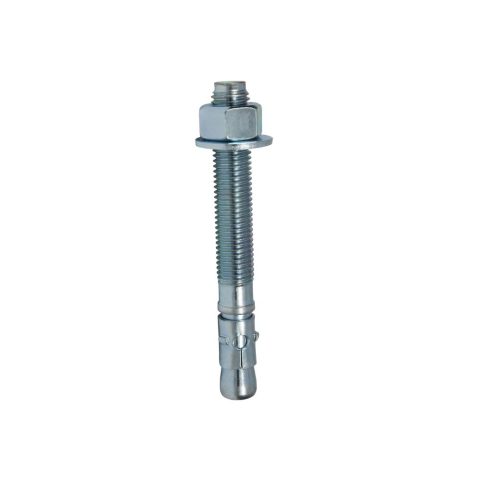
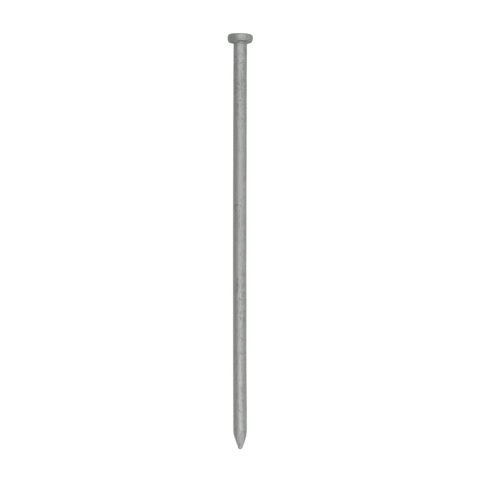
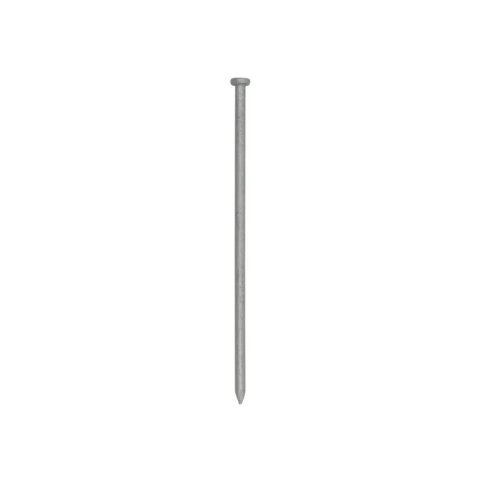

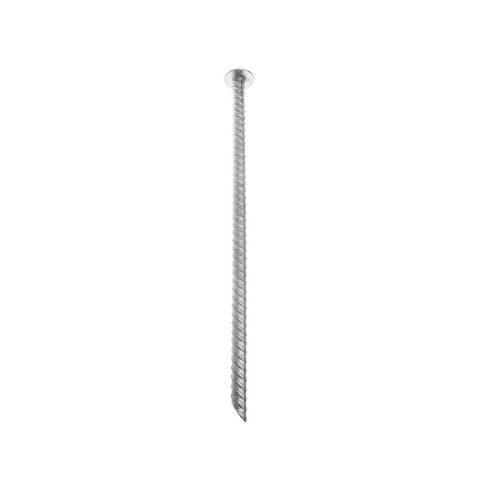
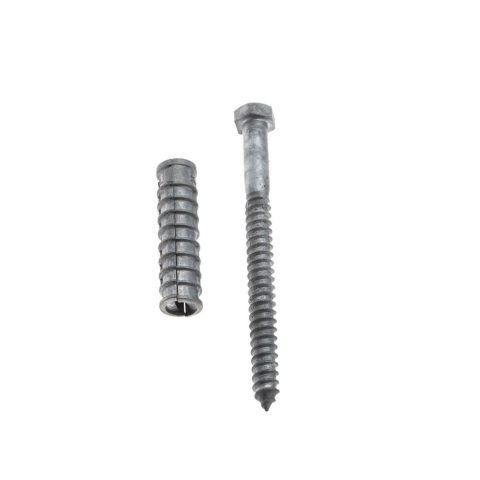

There are no reviews yet.